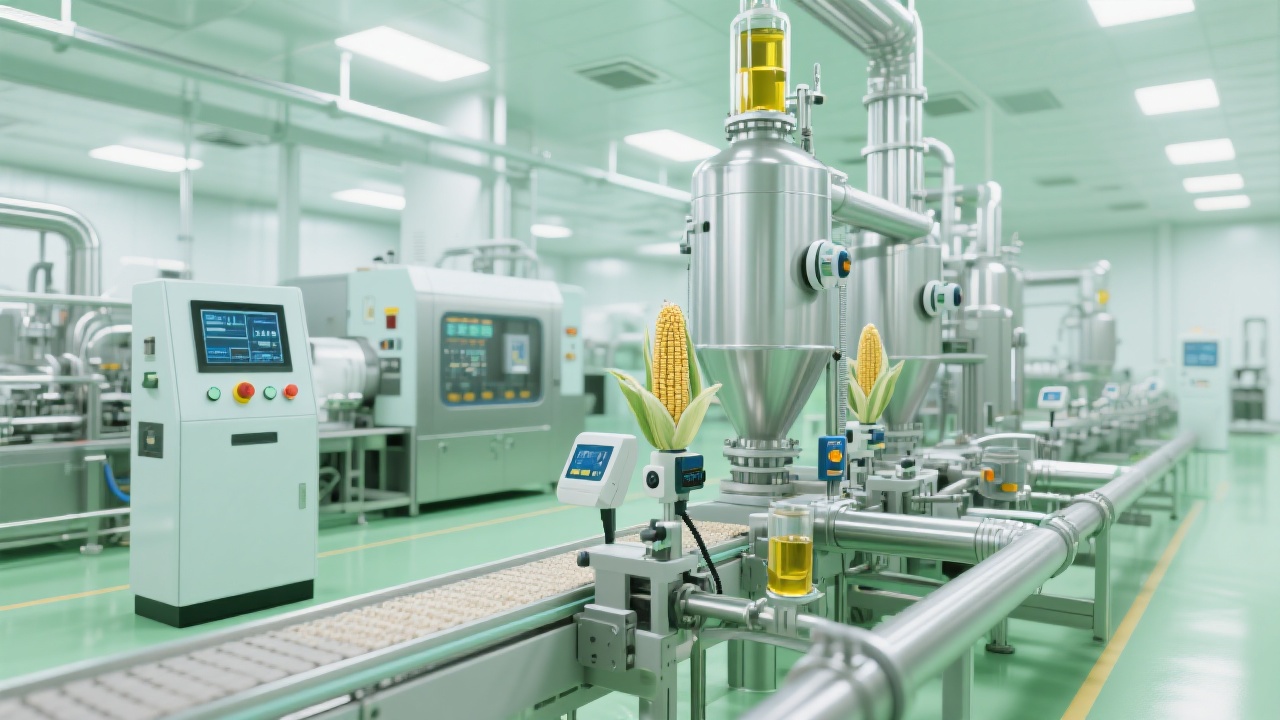
In the global edible oil industry, especially for small- to medium-scale producers, choosing the right pressing method can mean the difference between profit and loss. The ZY24 (202-3) Screw Oil Press is designed with dual functionality—supporting both single solvent extraction pressing and double pressing modes—to meet diverse production needs across different oilseed types like rapeseed, peanuts, sunflower seeds, and cottonseed.
Many buyers confuse “single pressing” with “basic processing,” but in reality, it's about efficiency vs. yield optimization:
| Mode | Best For | Oil Yield (%) | Energy Cost (kWh/kg) |
|---|---|---|---|
| Single Pressing | High-volume, low-cost operations (e.g., soybeans) | 38–42% | 0.8–1.0 |
| Double Pressing | Premium oils (e.g., sesame, flaxseed, high-grade peanut) | 45–52% | 1.3–1.7 |
As shown above, while single pressing offers faster throughput and lower energy consumption, double pressing delivers significantly higher oil recovery—up to 10% more in some cases—making it ideal for premium markets where every percentage point matters.
A Malaysian peanut processor switched from a traditional single-press system to the ZY24 (202-3) using double pressing. Before the change, their average oil yield was 39%. After optimizing the second press cycle with precise temperature control (set at 75°C), they achieved consistent yields of 47%—an increase of 8 percentage points. This translated into an annual savings of over $12,000 in raw material costs alone.

Moreover, the machine’s modular design allows quick switching between modes without downtime—a key advantage for seasonal or multi-crop operations. In one instance, a Turkish sunflower oil producer used the same unit to process sunflower seeds in spring and rapeseed in winter, adjusting parameters via a digital interface that stores preset profiles for each crop type.
For SMEs, flexibility isn’t just convenient—it’s essential. With rising input costs and tighter margins, being able to switch between modes based on market demand (e.g., bulk commodity oil vs. specialty gourmet oil) gives you strategic pricing power. One Brazilian client reported a 15% boost in gross margin after adopting double pressing for their premium olive-like pumpkin seed oil.
If you're running a small-to-mid-sized plant and want to maximize yield, reduce waste, and stay competitive in fluctuating markets—knowing when to use single vs. double pressing is your secret weapon.

